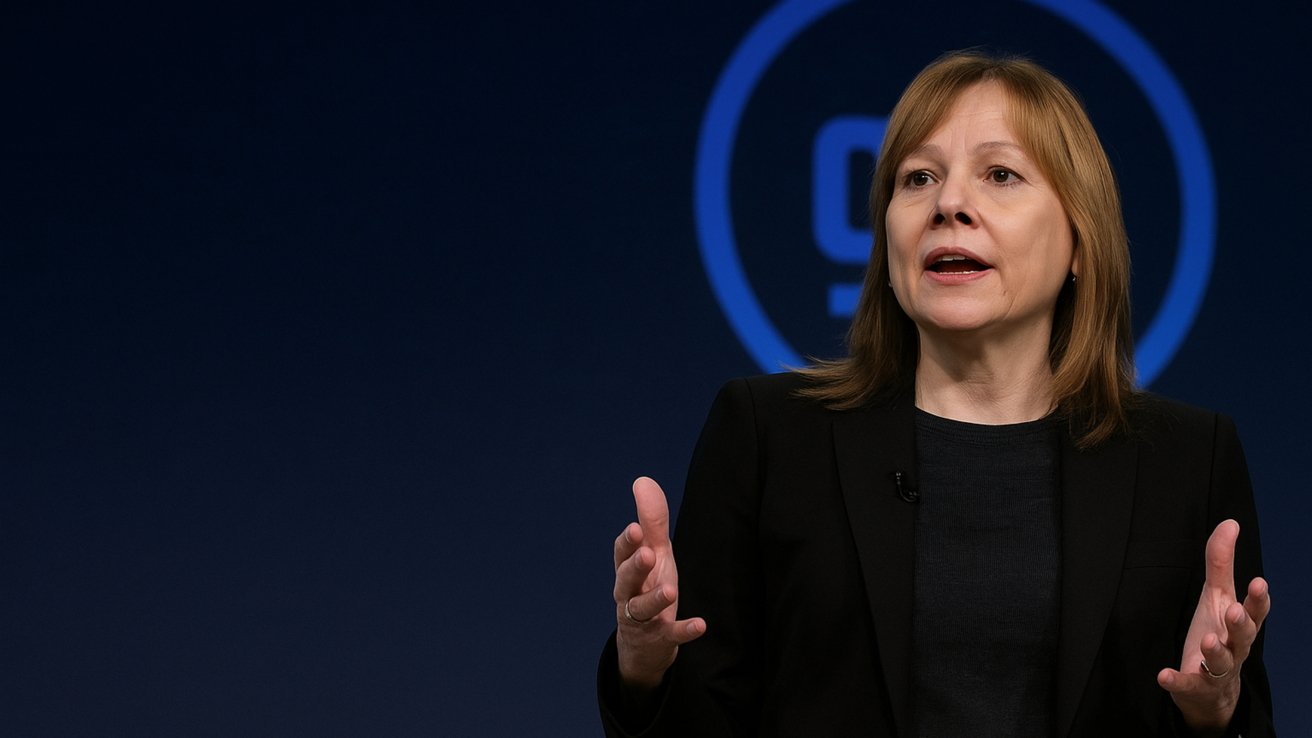General Motors (GM) has announced a significant shift in its in-car technology strategy by deciding to eliminate Apple CarPlay and Android Auto from all future vehicles, both electric and gasoline-powered. This move, described by GM executives as a Jobsian moment—a reference to Apple’s late co-founder Steve Jobs—is intended to position GM as a leader in automotive software and data monetization.
The Rationale Behind the Decision
GM’s decision to phase out CarPlay and Android Auto is driven by a desire to develop and control its own infotainment system. By doing so, GM aims to create a more integrated and seamless user experience, while also opening new revenue streams through subscription-based services. This strategy mirrors the approach taken by Tesla, which has successfully implemented its proprietary infotainment system without relying on third-party platforms.
In an interview with The Verge, GM CEO Mary Barra stated that the company believes it can offer a better-integrated experience than any smartphone. The new system is expected to feature a voice assistant capable of handling tasks ranging from navigation to climate control, with potential integration of Google’s Gemini AI to enhance functionality.
Comparisons to Steve Jobs’ Decisions
GM executives have likened their decision to remove CarPlay to Steve Jobs’ choice to eliminate the floppy drive from Apple computers—a move that was initially controversial but ultimately seen as forward-thinking. However, critics argue that Jobs’ decisions were based on replacing outdated technology with superior alternatives, whereas GM’s move involves removing a popular and functional feature without a proven replacement.
Dealer and Consumer Reactions
The decision has raised concerns among GM dealers and consumers. Dealers have reported a lack of communication from GM regarding the new system, leading to uncertainty about how to address customer inquiries. One dealer expressed concern, stating, Nobody has had any communication from GM. What am I supposed to tell my customers? ([appleinsider.com](https://appleinsider.com/articles/23/07/10/gm-ditching-carplay-could-go-bad-complain-car-dealers?utm_source=openai))
Consumers have also expressed dissatisfaction, particularly those who have become accustomed to the seamless integration of their smartphones with their vehicle’s infotainment system. The removal of CarPlay and Android Auto may lead to frustration, especially if GM’s proprietary system fails to meet user expectations.
Industry Perspectives
Other automakers have taken different approaches. Ford, for example, has decided to continue supporting CarPlay, emphasizing the importance of providing customers with the choice to use their preferred smartphone integration systems. Ford CEO Jim Farley highlighted that a significant portion of Ford’s customer base uses Apple products, and removing CarPlay could alienate these customers. ([appleinsider.com](https://appleinsider.com/articles/23/05/03/ford-will-stick-with-carplay-as-gm-exits-for-google-tech?utm_source=openai))
Similarly, Volvo has chosen to maintain CarPlay support, focusing instead on enhancing the overall driving experience through additional services rather than monetizing the infotainment system. Volvo CEO Jim Rowan stated that the company aims to provide a pleasurable and easy interface experience for customers, allowing them to enjoy the benefits of connectivity without compromising on choice. ([appleinsider.com](https://appleinsider.com/articles/23/11/14/volvo-to-focus-on-value-adds-outside-the-infotainment-system-will-leave-carplay-alone?utm_source=openai))
Potential Implications for GM
By developing its own infotainment system, GM seeks to gain greater control over the in-car experience and generate additional revenue through subscriptions and data monetization. However, this strategy carries risks. The success of GM’s proprietary system will depend on its ability to deliver a user experience that matches or exceeds the functionality and reliability of existing platforms like CarPlay and Android Auto.
If the new system falls short, GM risks alienating customers who value the seamless integration of their smartphones with their vehicles. Additionally, the development and maintenance of a proprietary infotainment system require significant investment and technical expertise, which could divert resources from other critical areas.
Conclusion
GM’s decision to eliminate CarPlay and Android Auto from future vehicles represents a bold strategic shift aimed at enhancing control over the in-car experience and unlocking new revenue opportunities. While the move draws parallels to Steve Jobs’ elimination of the floppy drive, the success of this strategy hinges on GM’s ability to deliver a superior alternative that meets consumer expectations. As the automotive industry continues to evolve, the balance between innovation, customer satisfaction, and revenue generation remains a delicate one.



